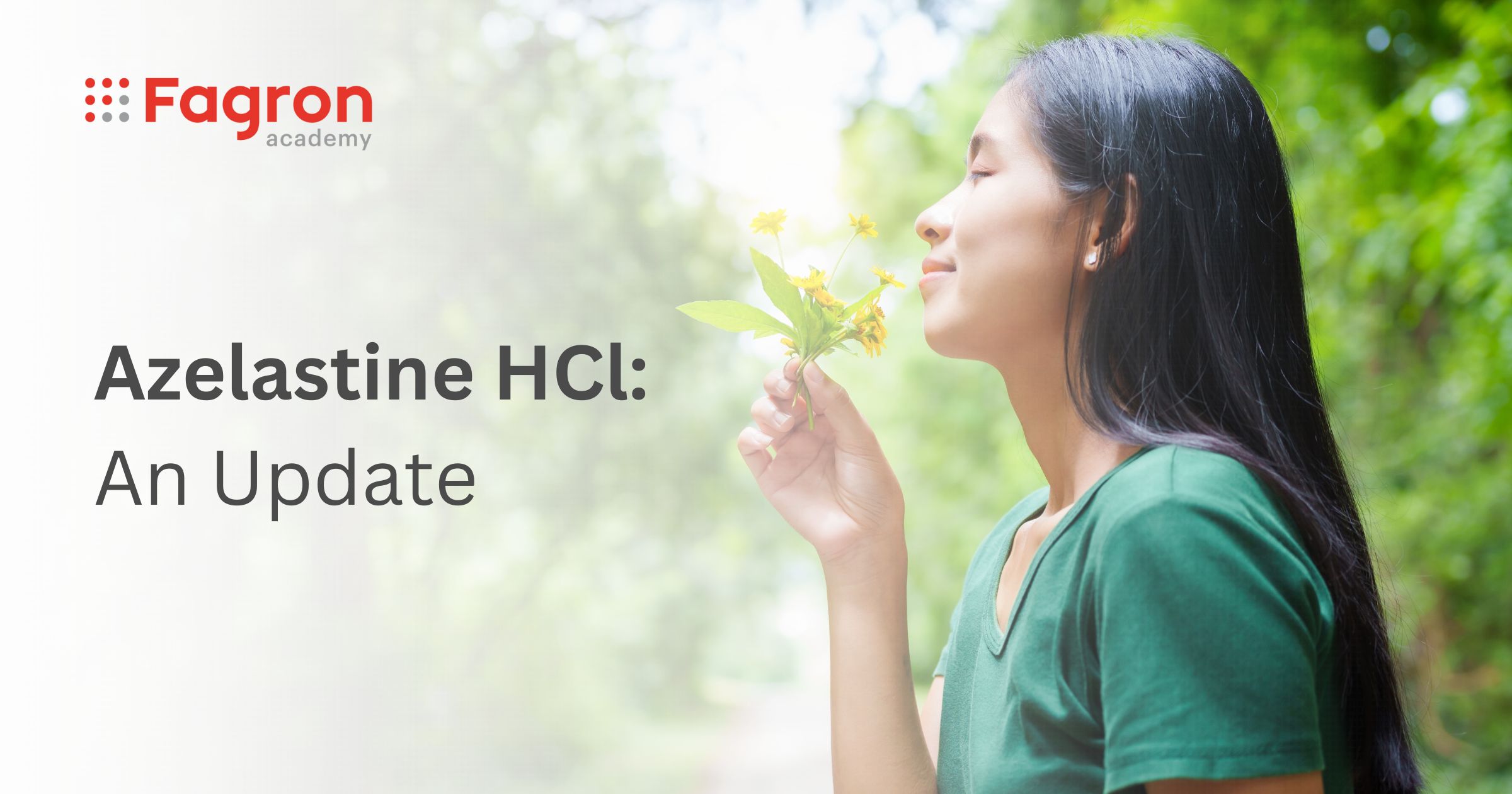
Alopecia, or hair loss, is a multifactorial condition that impacts people all over the world. The most common type of alopecia, androgenetic alopecia (AGA), is difficult to assess given the increased variability between different groups of people. However, one study estimates about 50% of men will suffer from AGA by 50 years of age and up to 90% in their lifetime. In addition, by the age of 70, approximately 50% of women may suffer from AGA.1,2 Alopecia areata (AA), the second most common type of alopecia, is an autoimmune disorder with a lifetime incidence of about 2% in the global population.3
Hair loss is not solely a cosmetic issue. Studies have demonstrated significant psychological impacts of hair loss such as anxiety, depression, and impaired quality of life, highlighting the importance of early treatment and management of alopecia.4 Common treatments for alopecia include both oral and topical medicines. Topical medicines may allow patients to avoid systemic adverse effects associated with oral treatments. However, few topical medications for the management of AGA are currently available on the market and custom compounding may be required to achieve the correct strength and combinations.
Given the need for topical alopecia therapies, stability studies validating the compatibility and stability of active pharmaceutical ingredients (APIs) in common compounding vehicles are essential. To further assist compounders with the creation of stable compounded preparations with extended BUD for patient convenience, a study was designed to assess the stability of common combinations of active pharmaceutical ingredients for alopecia (minoxidil/finasteride and minoxidil/finasteride/fluocinolone) in TrichoSol™, an aqueous vehicle for topical application to the scalp.
Read the full study here and see how TrichoSol can benefit your compounding practice.
Eager to learn more about compounding for alopecia? Take our TrichoAcademy course and learn how to expertly integrate Tricho vehicles into your formulations!
References:
1. Kabir Y, Goh C. Androgenetic alopecia. Journal of the Egyptian Womenʼs Dermatologic Society. 2013;10(3):107-116. doi:10.1097/01.EWX.0000432183.50644.f6
2. Moravvej H, Pourani MR, Baghani M, Abdollahimajd F. Androgenetic alopecia and
<scp>COVID</scp> ‐19: A review of the hypothetical role of androgens. Dermatol Ther. 2021;34(4). doi:10.1111/dth.15004
3. Miteva M, Villasante A. Epidemiology and burden of alopecia areata: a systematic review. Clin Cosmet Investig Dermatol. Published online July 2015:397. doi:10.2147/CCID.S53985
4. Chen S, Xie X, Zhang G, Zhang Y. Comorbidities in Androgenetic Alopecia: A Comprehensive Review. Dermatol Ther (Heidelb). 2022;12(10):2233-2247. doi:10.1007/s13555-022-00799-7



